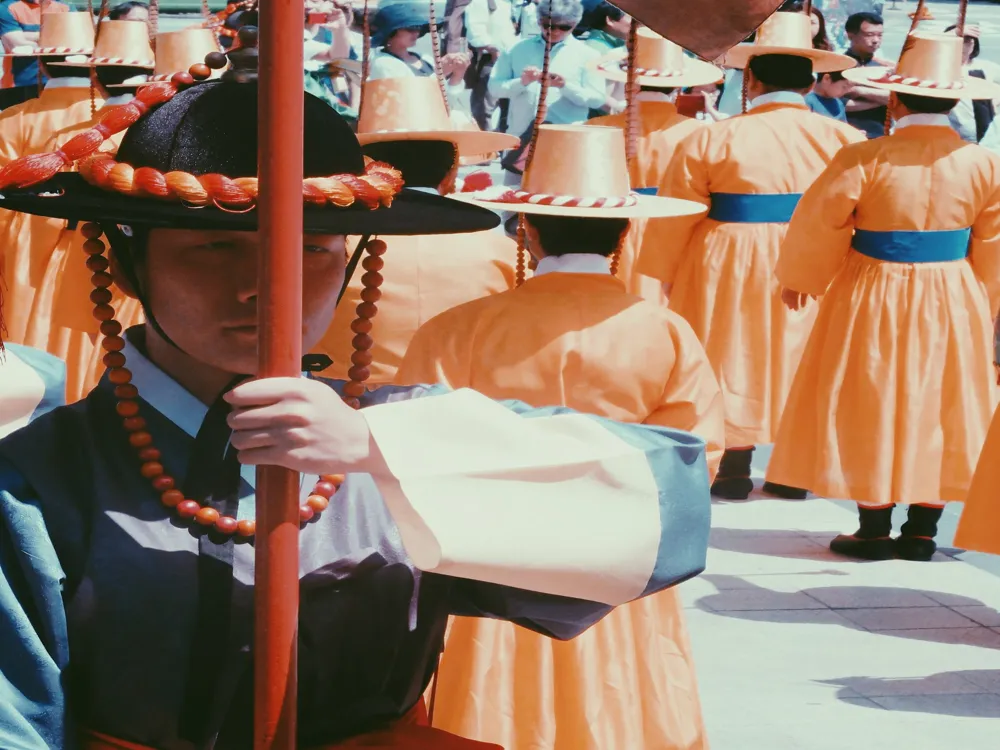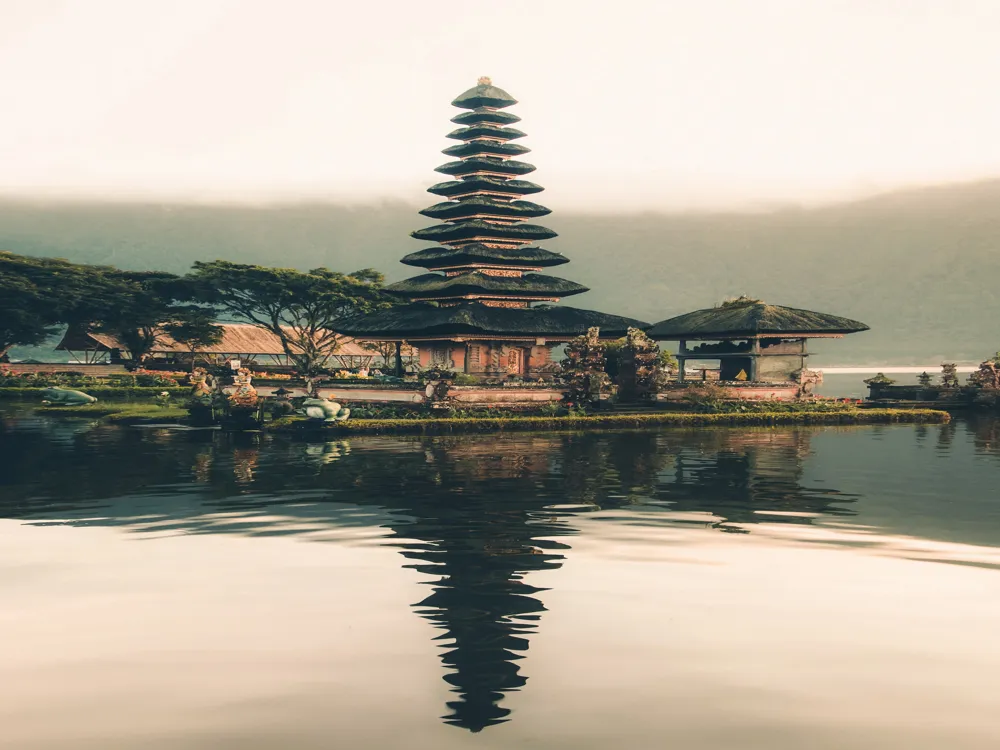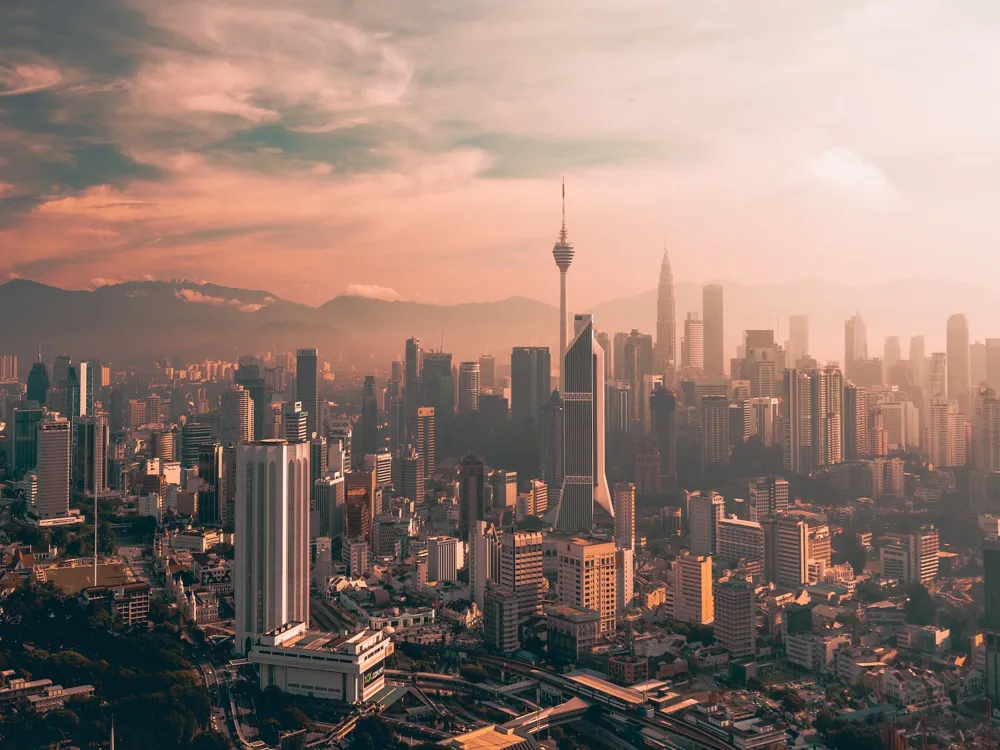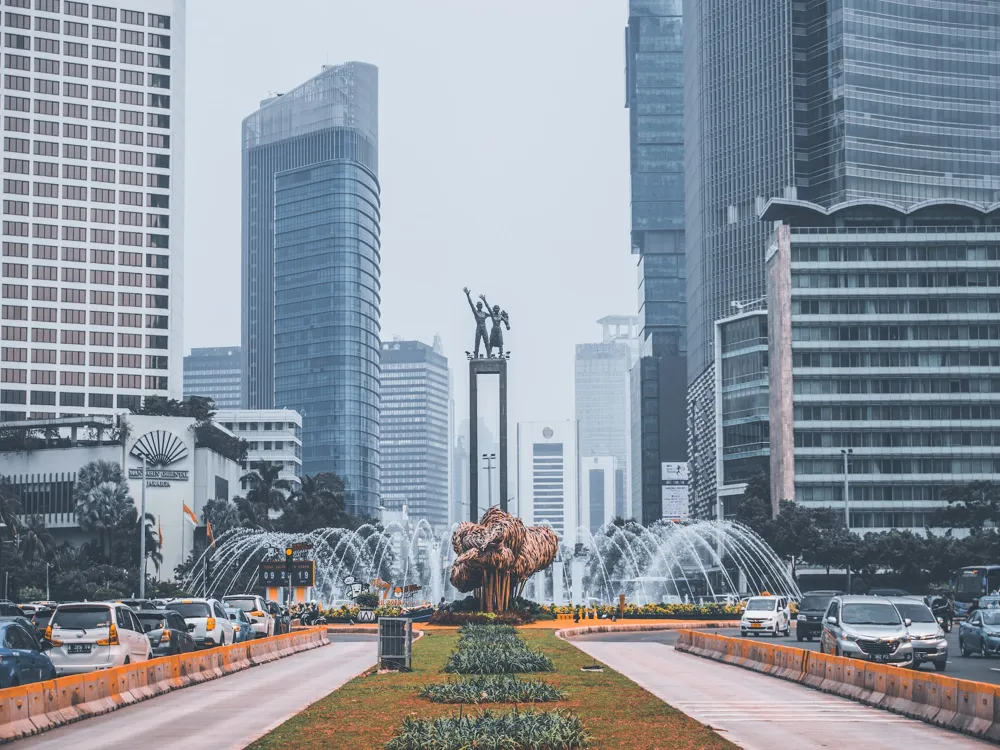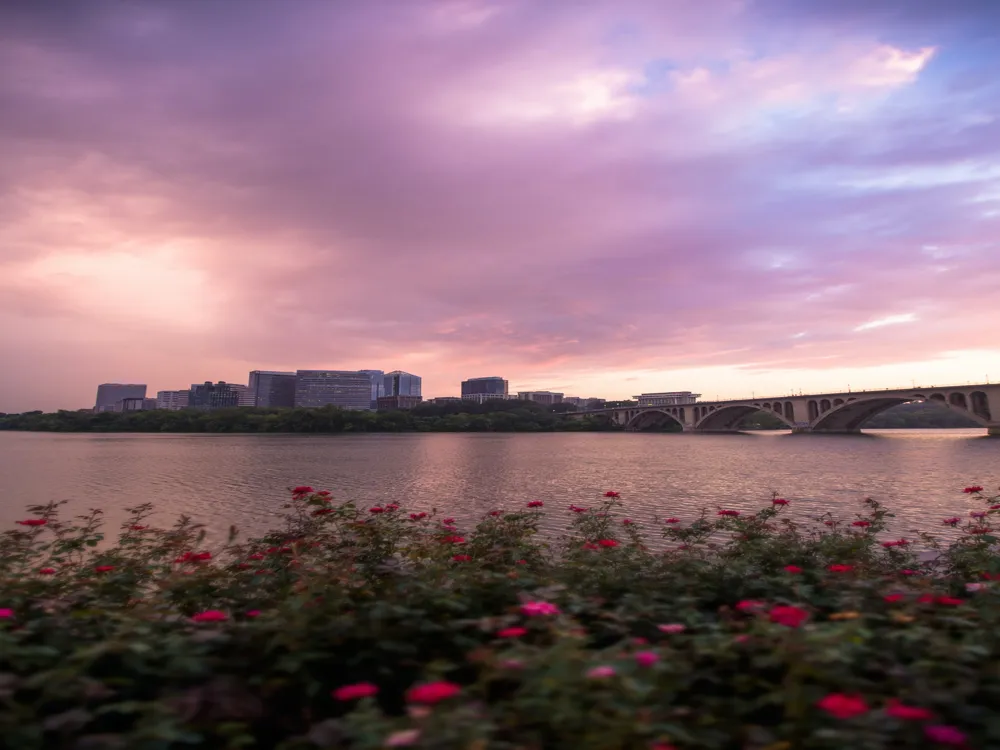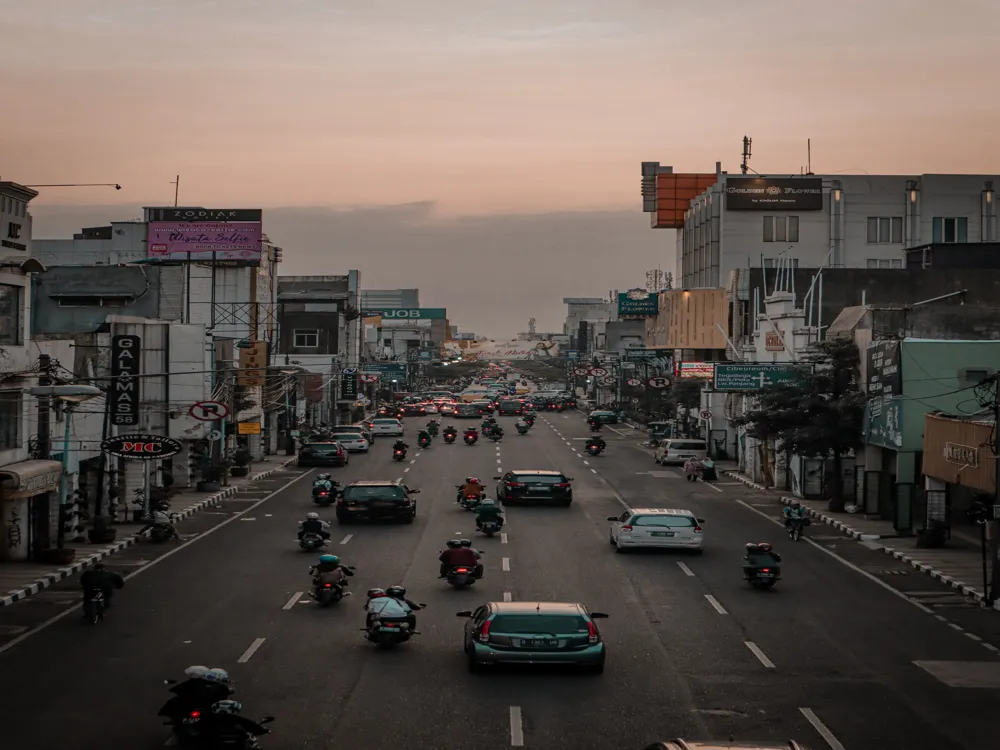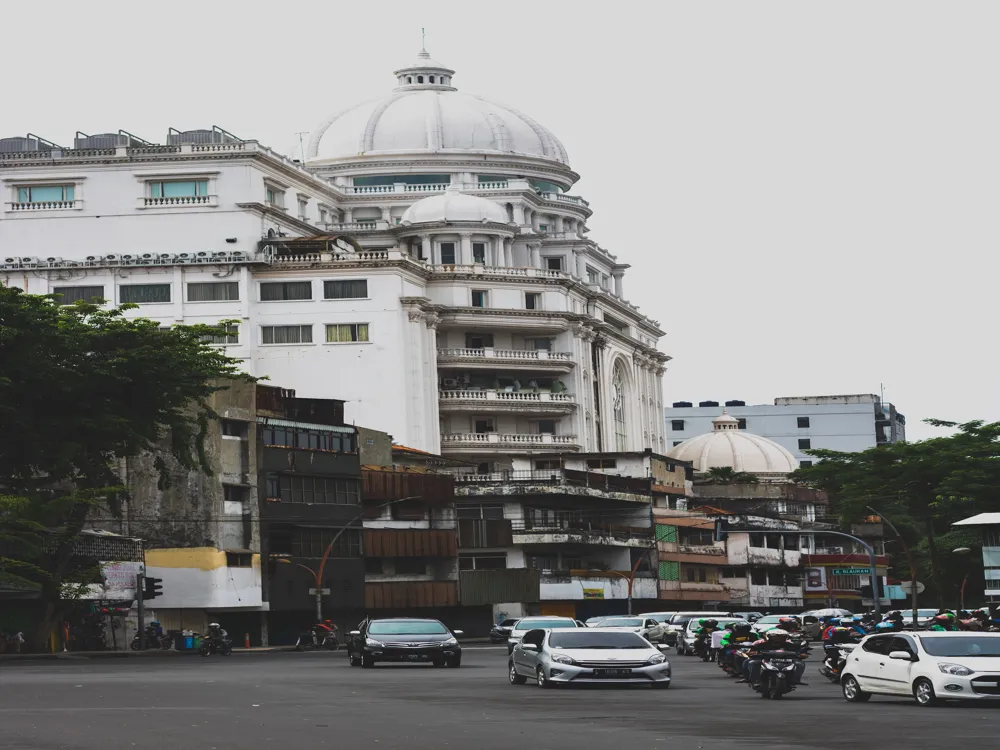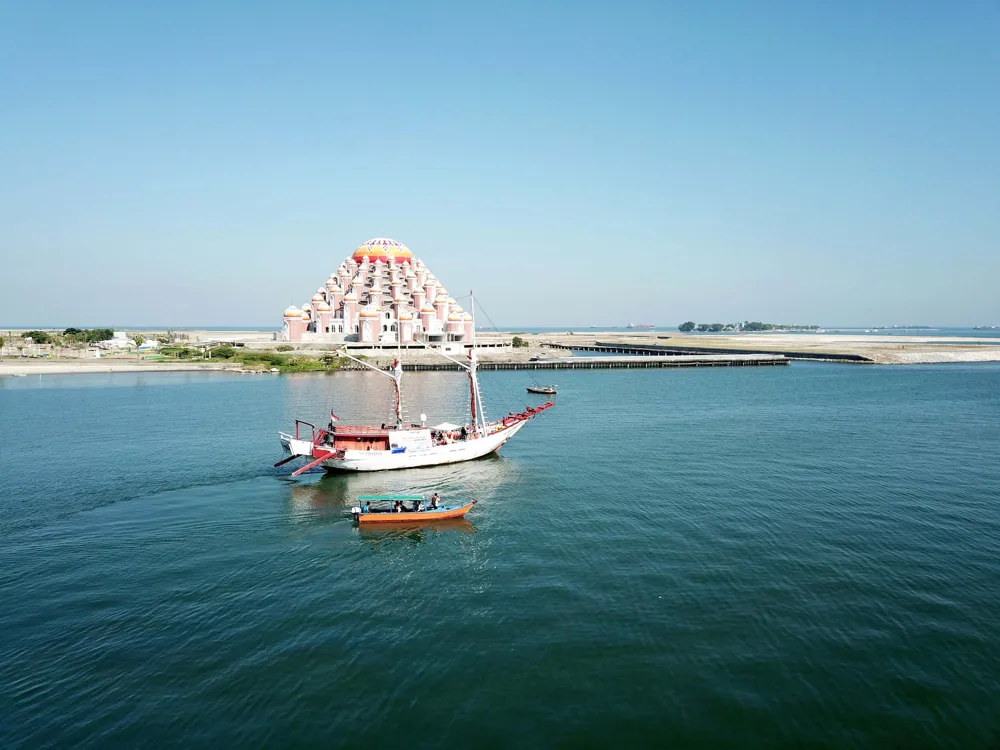The Sri Mariamman Temple in Medan, Indonesia, stands as a beacon of cultural and religious significance for the Hindu community. This temple, dedicated to the goddess Mariamman, revered for her power to bring rain and fertility, has been a pivotal religious site for decades. The temple's history is deeply intertwined with the Indian Tamil community in Medan, reflecting their spiritual beliefs and cultural heritage. Over the years, Sri Mariamman Temple has evolved beyond a mere place of worship, becoming a social and cultural hub for the local Hindu community and a fascinating attraction for tourists worldwide.
The architecture of the temple is a visual feast, embodying traditional South Indian temple design. The vividly painted gopuram (entrance tower) is adorned with a plethora of Hindu deities, each intricately sculpted and symbolizing various aspects of the divine. The temple's layout follows the 'Vastu Shastra' – the ancient Indian science of architecture and building – ensuring a harmonious balance between the spiritual and the material worlds. The inner sanctum, or 'garbha griha', houses the idol of Goddess Mariamman, exquisitely crafted and revered by devotees. Throughout the year, the temple is the site of numerous festivals and rituals, drawing devotees from across the globe, who come to seek blessings and partake in the vibrant cultural practices.
The Sri Mariamman Temple's architecture is a testament to the rich artistic and architectural traditions of South Indian temples. The temple, with its towering gopuram, serves not just as a place of worship but as an emblem of the Hindu faith and Tamil culture in Medan. Each element of the temple, from the intricately carved pillars to the vividly painted ceilings, tells a story, encapsulating centuries of artistic evolution and religious significance.
The gopuram, the temple's most striking feature, is a multi-tiered tower at the entrance, adorned with an array of deities and mythological figures. These sculptures are not merely decorative; they serve a deeper purpose, narrating tales from Hindu scriptures and serving as a visual guide to the spiritual journey within. The main hall, or 'mandapam', is supported by ornately carved pillars, each a masterpiece showcasing the skill and devotion of the temple's artisans. The mandapam leads to the inner sanctum, where the deity resides. This sacred space is designed to evoke a sense of divine presence, with its dimly lit ambiance and the reverent quietude.
When visiting the Sri Mariamman Temple, it's important to show respect for local customs and religious practices. Dress modestly, covering shoulders and knees, and remove shoes before entering the temple premises. Observing silence and refraining from touching the deities or religious artifacts is also crucial.
While photography may be allowed in certain areas of the temple, always check for signs indicating photography restrictions, especially in the inner sanctum. Be respectful of worshippers and avoid obstructing their path or view during your photography.
Participating in temple rituals can be a profound experience. Visitors are often welcome to join in the prayers and offerings, but it's advisable to observe first or ask for guidance from temple staff to ensure proper etiquette is followed.
Sri Mariamman Temple is located in the heart of Medan, making it accessible via various modes of transportation. Visitors can opt for public buses, which are a cost-effective way to reach the temple. Taxis and ride-hailing services offer more comfort and can be conveniently booked via smartphone apps. For international tourists, the temple is within a reasonable distance from the Kualanamu International Airport, and direct taxi or shuttle services can be arranged for the journey.
Overview of Sri Mariamman Temple, Medan
Architecture of Sri Mariamman Temple
Tips When Visiting Sri Mariamman Temple
Respect Local Customs and Traditions
Photography Guidelines
Participate in Temple Rituals
How to Reach Sri Mariamman Temple
Sri Mariamman Temple
Medan
NaN onwards
View medan Packages
Weather :
Tags : Temple
Timings : 5:00 AM - 11:30 AM, 5:00 PM - 8:45 PM
Time Required : 1 - 2 hours
Entry Fee : No Entry Fee
Planning a Trip? Ask Your Question
Medan Travel Packages
View All Packages For Medan
Top Hotel Collections for Medan

Private Pool

Luxury Hotels

5-Star Hotels

Pet Friendly
Top Hotels Near Medan
Other Top Ranking Places In Medan
View All Places To Visit In medan
View medan Packages
Weather :
Tags : Temple
Timings : 5:00 AM - 11:30 AM, 5:00 PM - 8:45 PM
Time Required : 1 - 2 hours
Entry Fee : No Entry Fee
Planning a Trip? Ask Your Question
Medan Travel Packages
View All Packages For Medan
Top Hotel Collections for Medan

Private Pool

Luxury Hotels

5-Star Hotels

Pet Friendly
















